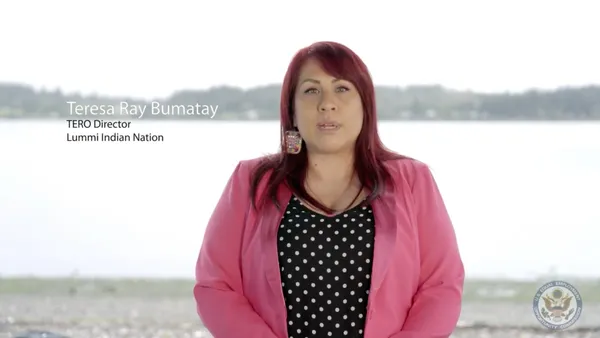Dive Brief:
- Twitter will continue to focus on building a diverse talent pipeline during the COVID-19 crisis, being "even more deliberate about hiring, development and promotions," Dalana Brand, the vice president of people experience and head of inclusion and diversity of the company, said in a May 27 blog post. The tech company recently evaluated all open opportunities on its career website "to ensure those listed align to our most urgent business priorities," Brand said.
- By 2025, Twitter said it aims for women to represent half of its workforce and for "underrepresented minorities" to comprise a quarter of its U.S. workforce. Latinx representation in the U.S. workforce at the end of 2019 was at 4.7% just short of a 5% two-year goal Twitter set in 2017. Latinx representation has increased to 5.1%, as of May 2020, and black representation reached 6%, while women's representation in the overall workforce is at 42.3% — not much change from 42% in 2019.
- Black and Latinx representation in senior leadership increased to 4.9% and 4.1%, respectively as of May. The percentage of women in leadership roles has increased to 36.9%. "Although the world doesn’t look the same since our last post, our commitment to inclusion and diversity at Twitter has never been stronger," Brand said.
Dive Insight:
Diversity, equity and inclusion (DEI) should be at the center of talent strategies during the COVID-19 pandemic, experts previously told HR Dive. Companies can use evidence-based insights to create DEI initiatives and, later on, quantifiable goals, David Pedulla, an associate professor of sociology at Stanford University, told HR Dive in a recent interview.
Business resource groups (BRGs) –– employee-led groups formed around common backgrounds, such as gender, ethnicity and sexual orientation –– have emerged as a key way to keep DEI at the forefront amid the pandemic. Twitter has seen "record growth" in membership across its BRGs –– more than 30% increase since the beginning of the year, Brand said in a blog post. "We’re using this as an opportunity to enhance new member onboarding, invest more in virtual events, and accelerate expansion to ensure representation across our global locations," she said.
Twitter announced a global work from home policy in February, transitioning more than 5,000 employees to a virtual workforce, according to Brand. Employees have the option to choose when they’ll return to work. "Opening offices will be our decision, when and if our employees come back, will be theirs," Jennifer Christie, vice president of people, said in a May 12 blog post.
The changes in the workplace amid the COVID-19 pandemic, such as telework, have led companies to also reevaluate benefits for employees, according to research. Twitter continued to pay contractors and hourly workers unable to perform their duties at home, according to a March 11 blog post. The company added benefits such as reimbursement for all employees for costs associated with remote work setup, and reimbursement for additional daycare expenses. Twitter also provided and increased investments in mental and physical health benefits, Brand said.
Leading with empathy in times of crisis may help companies weather financial downturns, an April report by Mercer found. And engagement with pandemic-related posts from companies on LinkedIn reflecting empathy is higher than the engagement for an average company post, according to a LinkedIn report published April 21. To answer questions regarding the COVID-19 pandemic and hear concerns of employees, Twitter created Slack channels and launched a COVID-19 focused global survey. The company also hosted "global all hands meetings" and increased opportunities to connect virtually across teams, Brand said.














